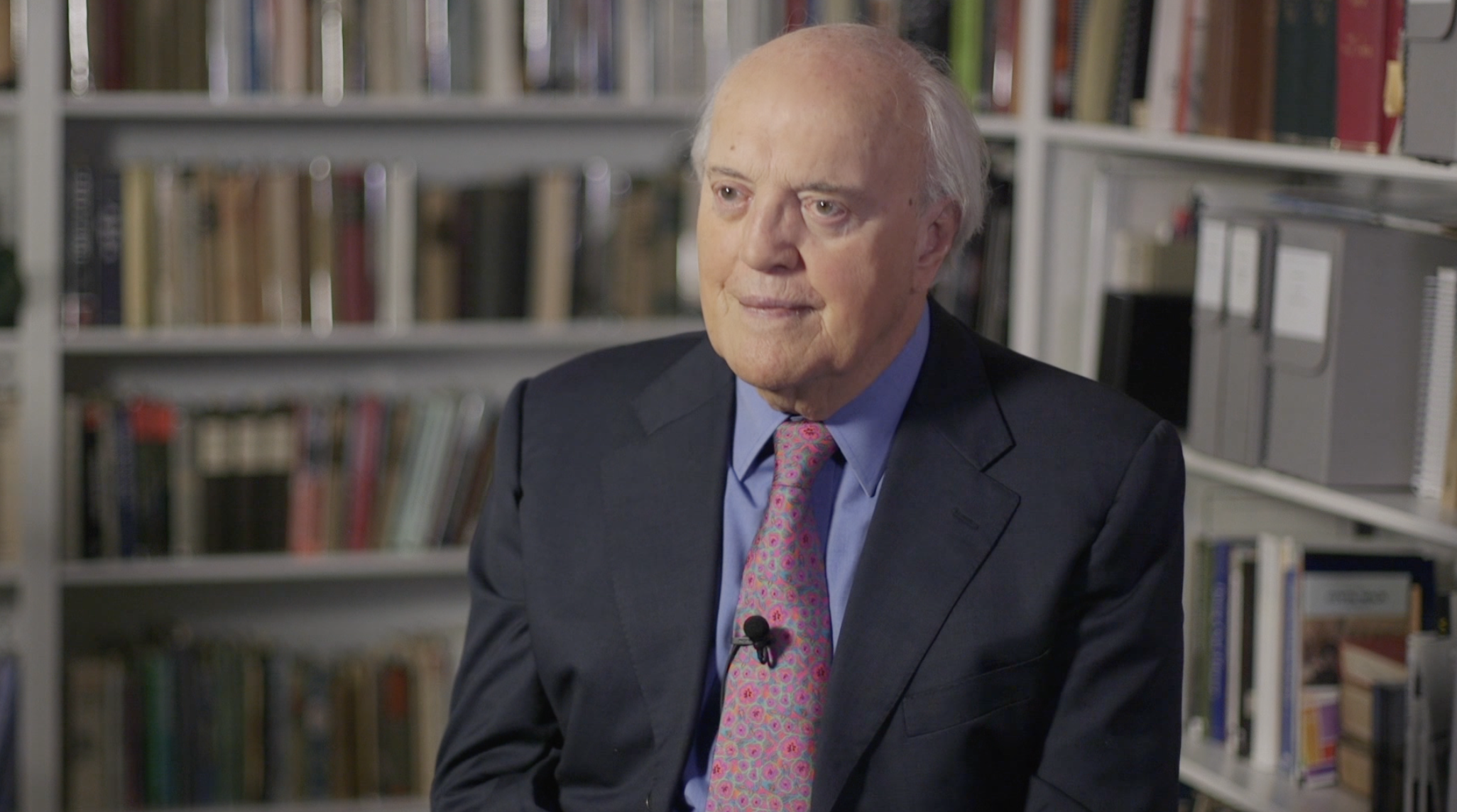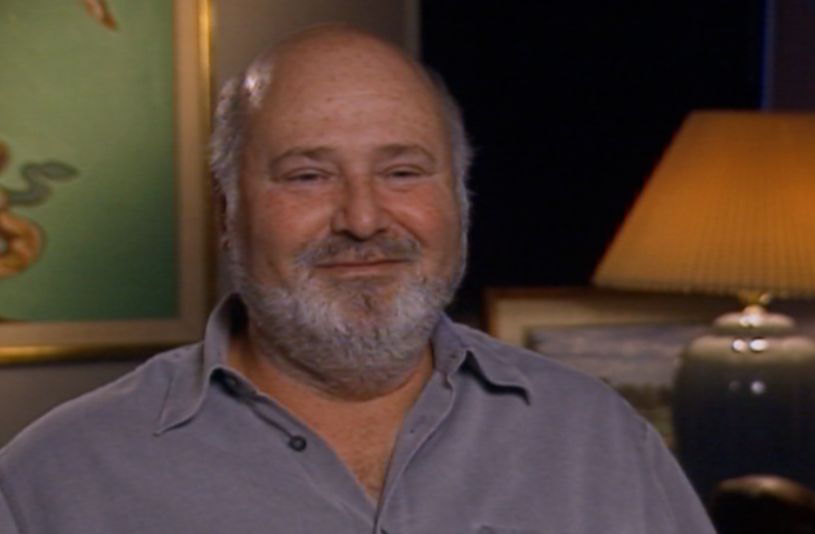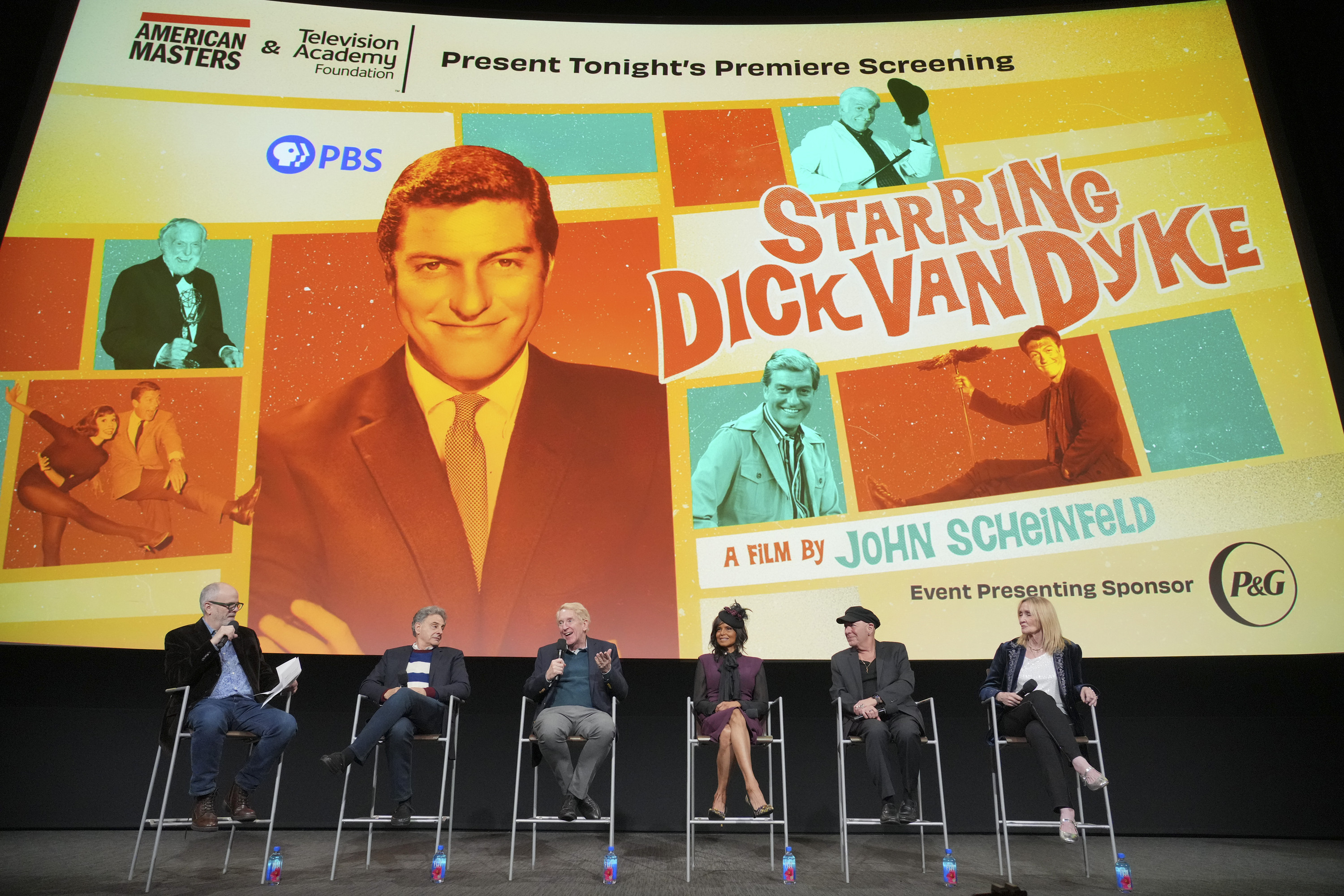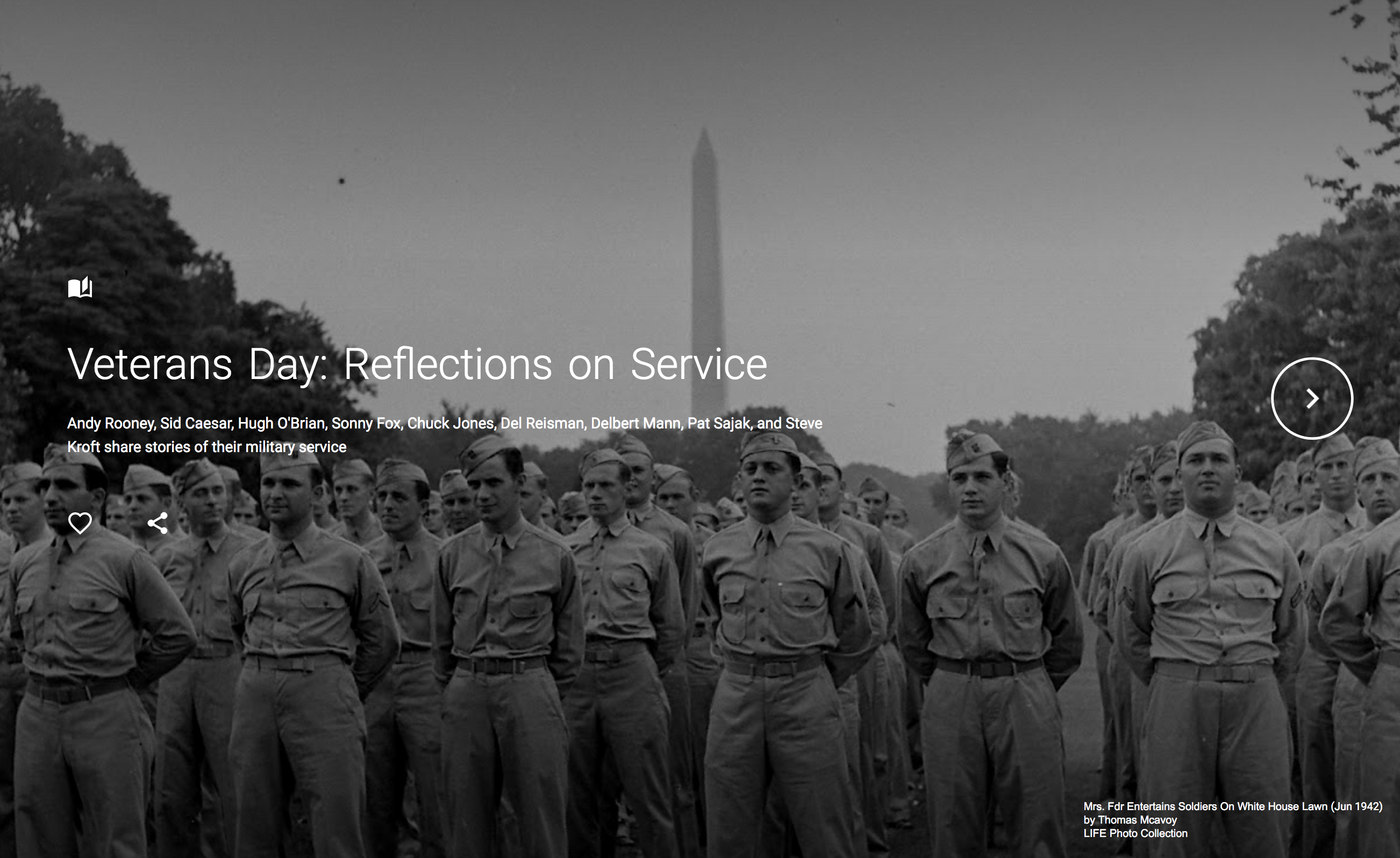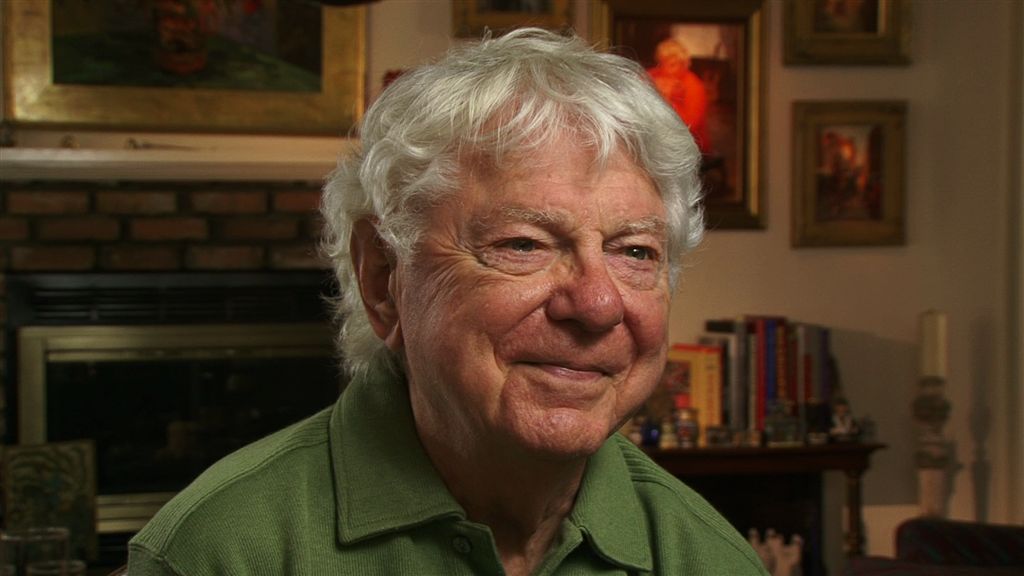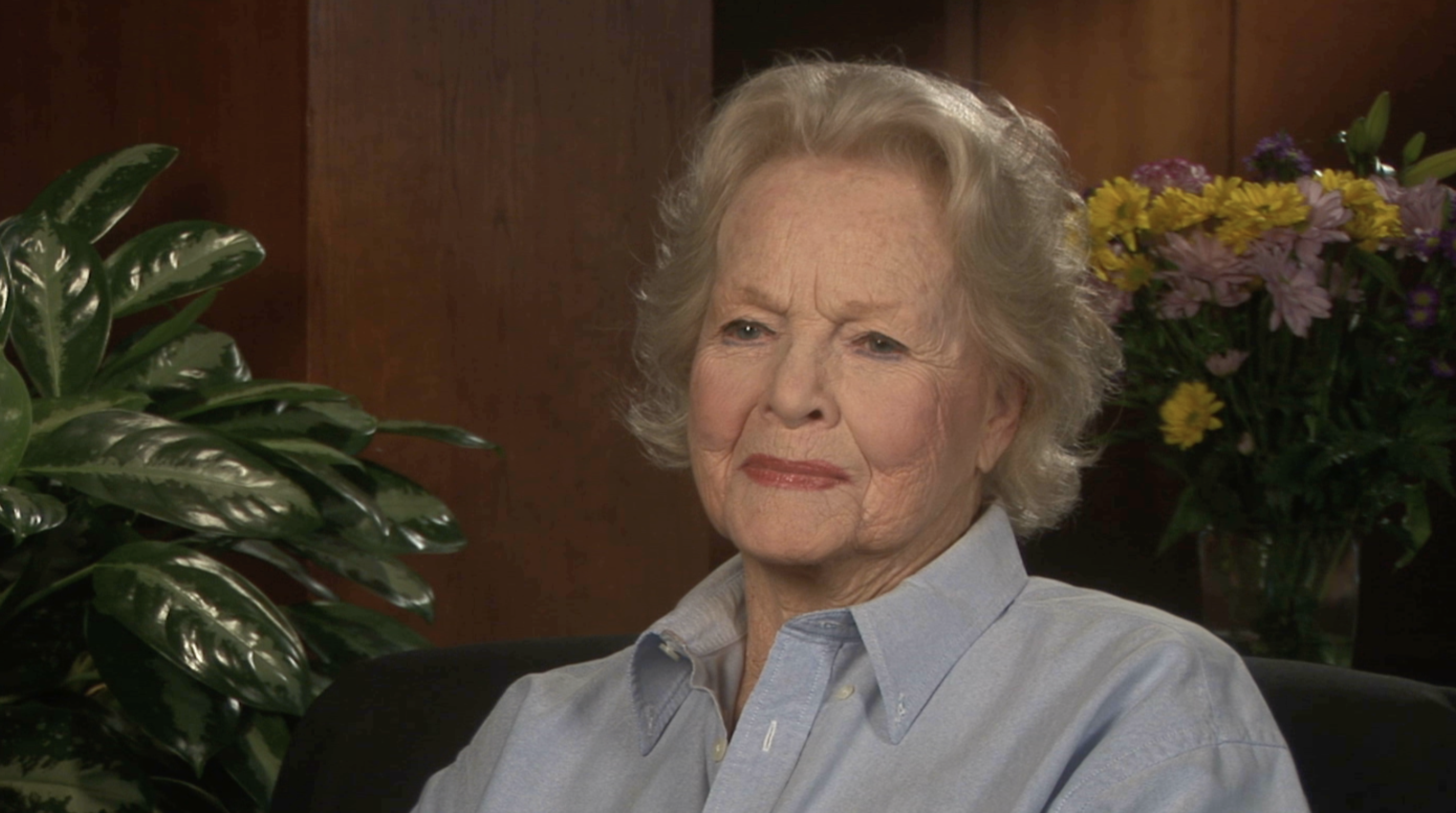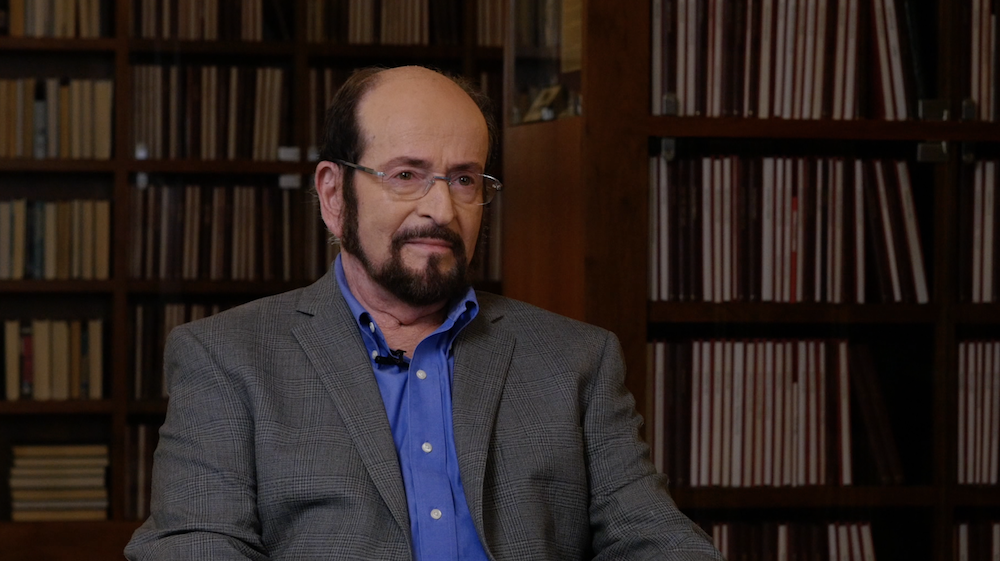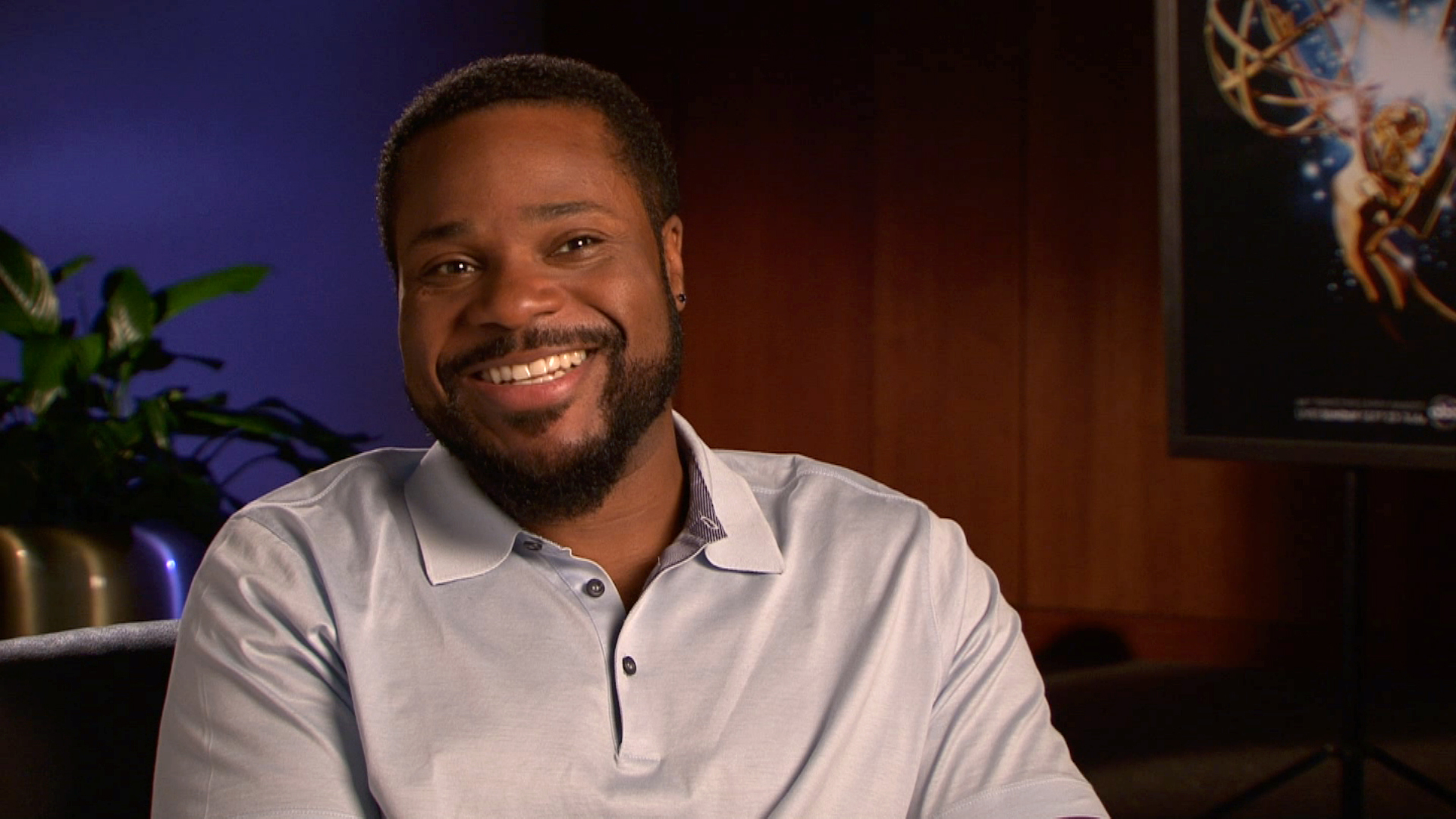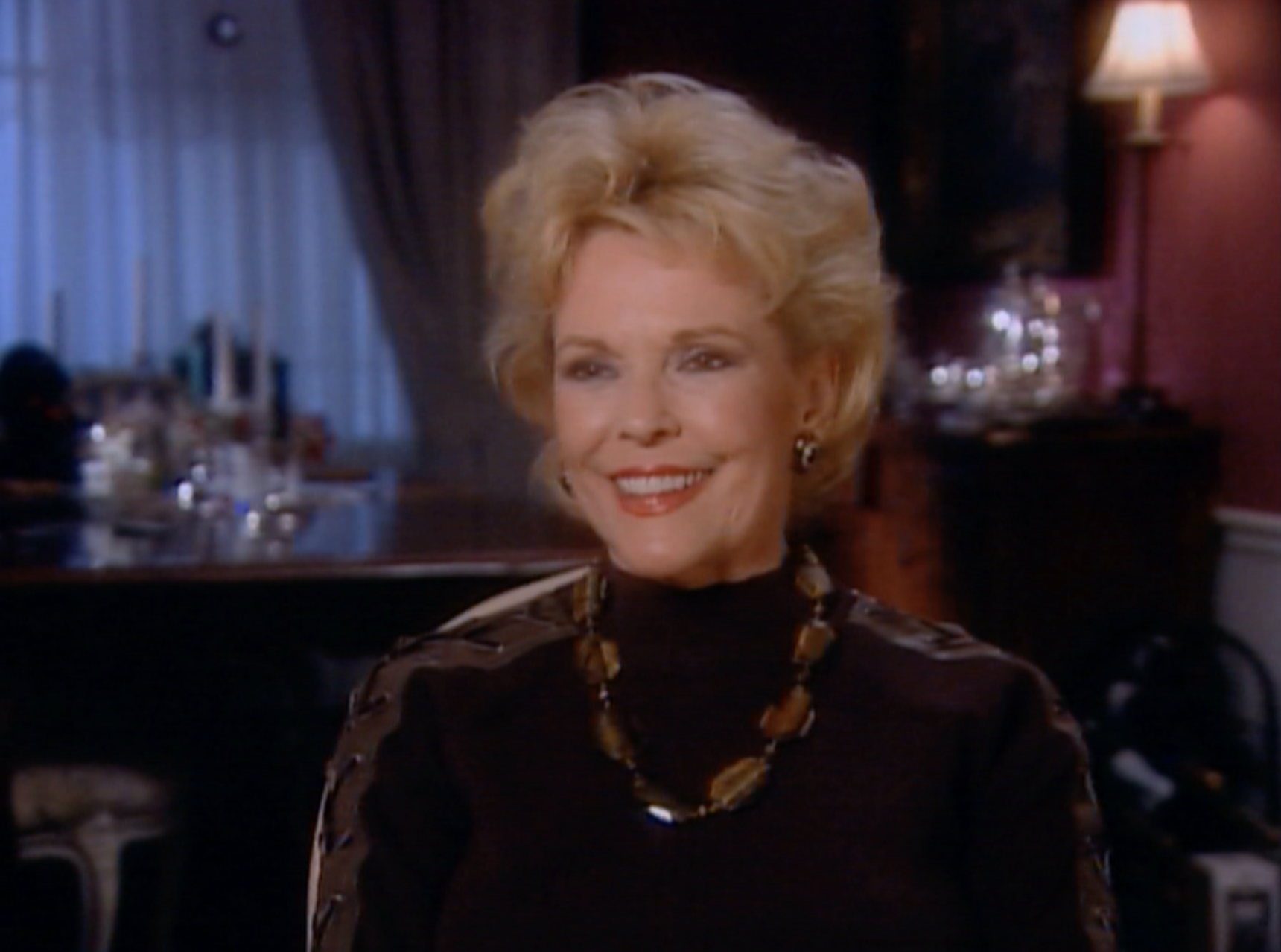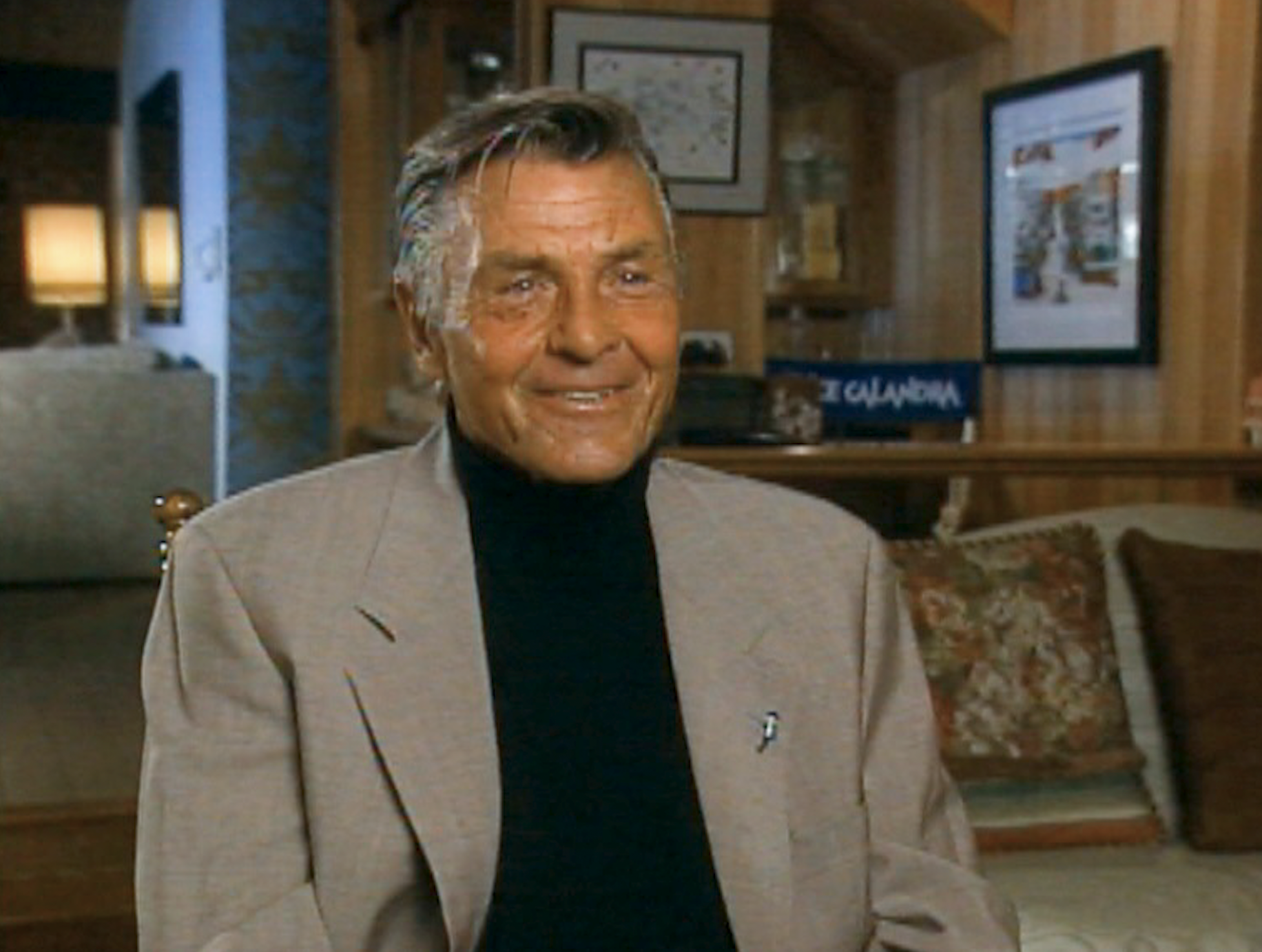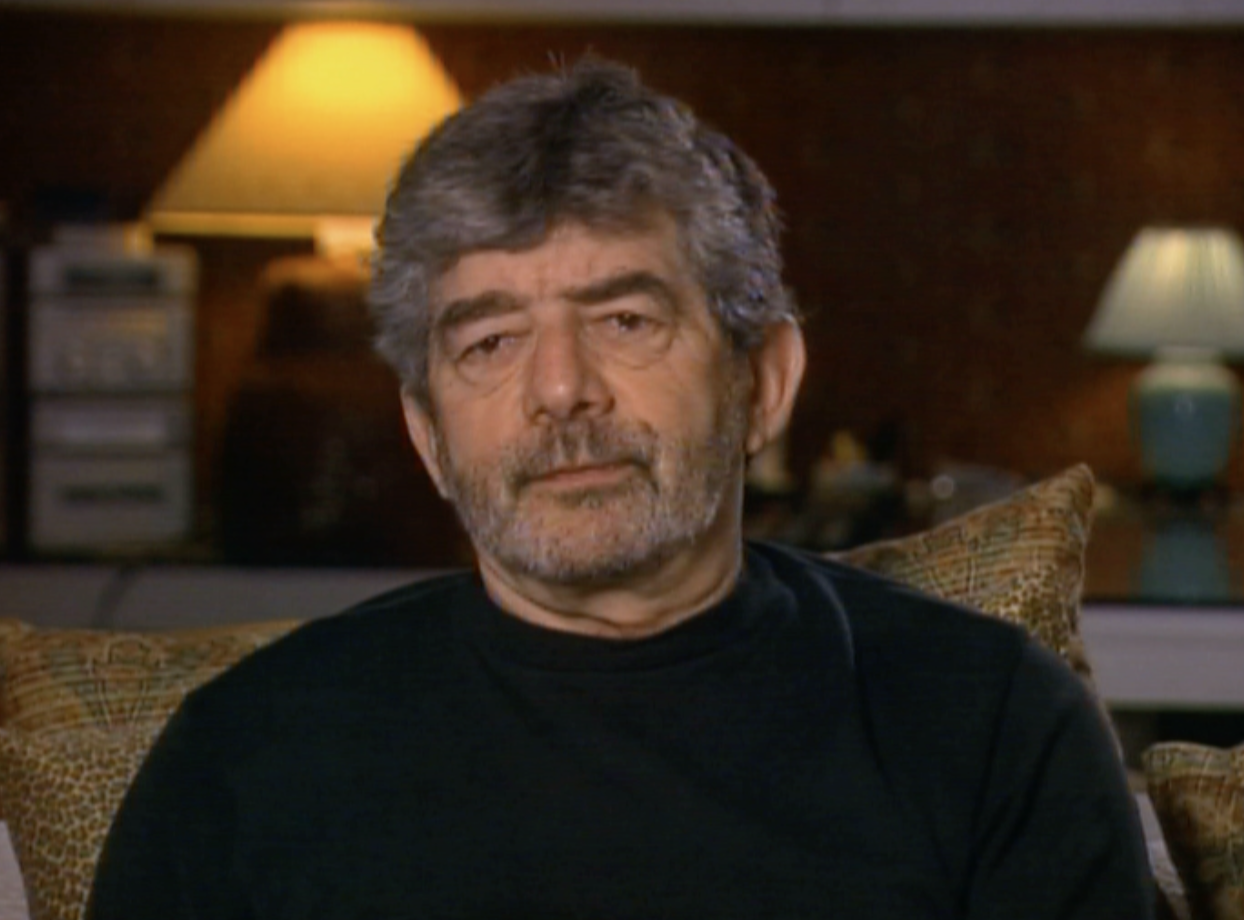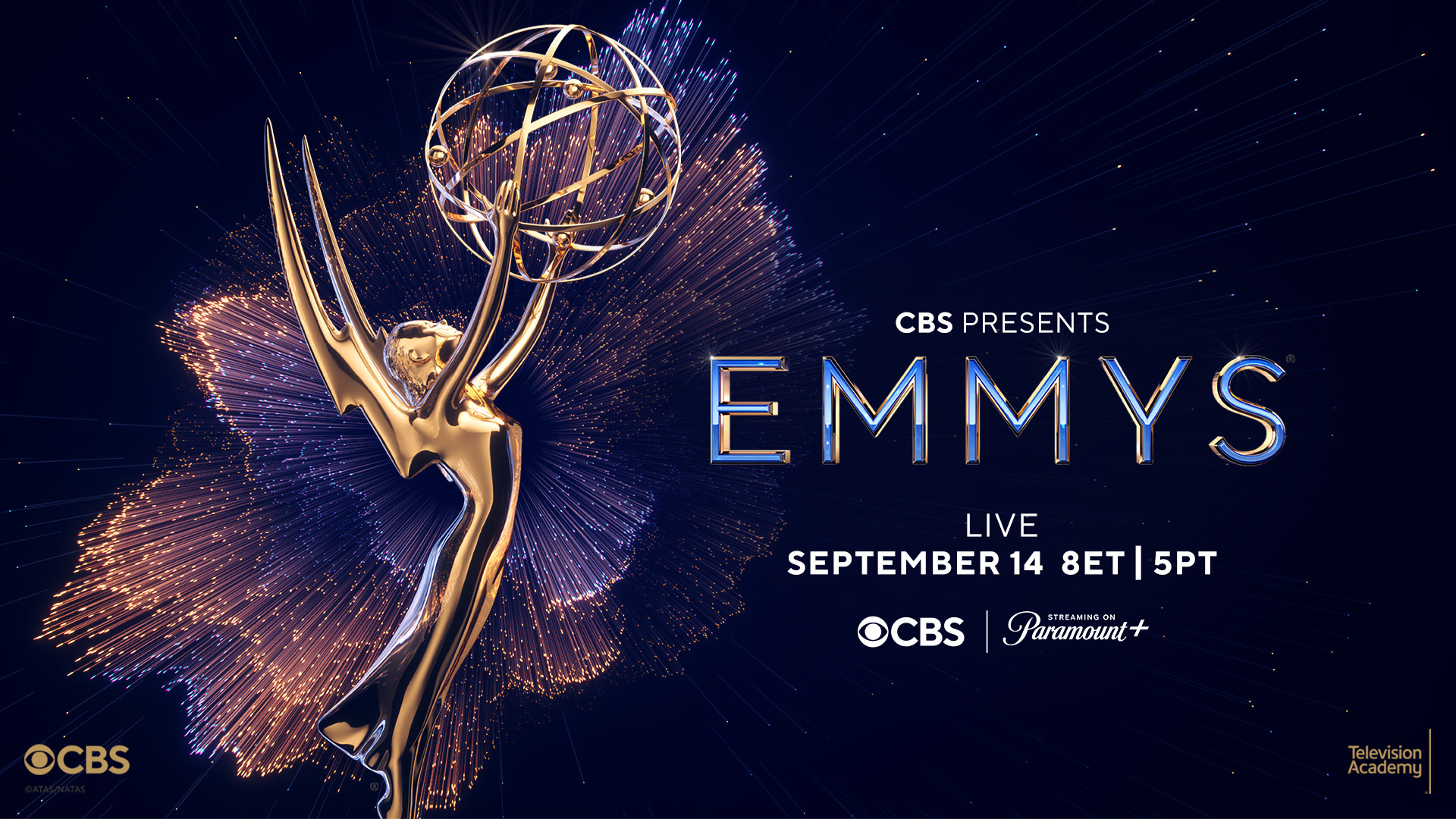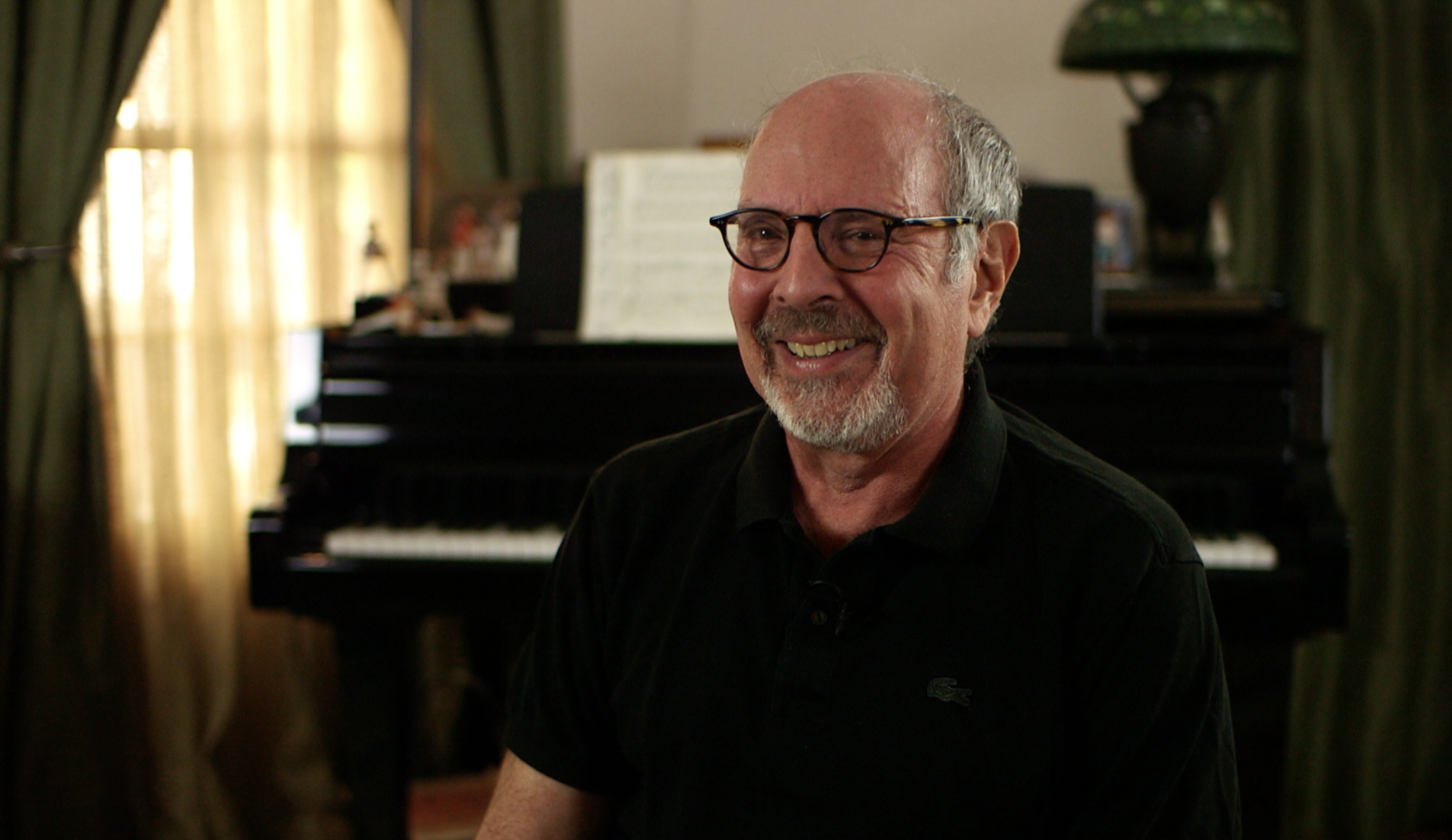Tears, Dreams, and Blank Screens: A Brief History of the Series Finale
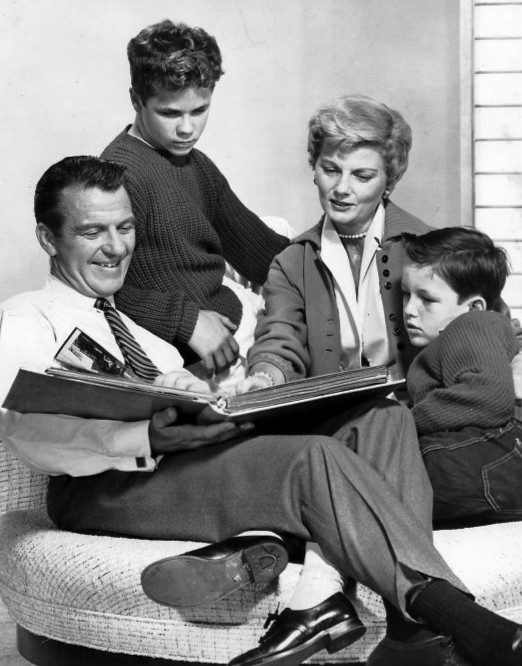

Lucy accidently destroys a newly sculpted Revolutionary War statue in the town square. A grenade temporarily blinds Eliot Ness. Perry Mason successfully defends an eccentric actress in a murder case. These describe three episodes of the most successful shows of the ‘50s and ‘60s. What do they all have in common? They’re all the final episodes of their respective series. I Love Lucy, The Untouchables, and Perry Mason. Unremarkable, run-of-the-mill, and even subpar entries.
Why didn’t Lucy finally get to perform in Ricky’s show and become a huge star? Why didn’t Eliot Ness finally capture Frank Nitti? Why wasn’t Perry Mason in the fight of his life against Hamilton Burger? Because, at the time these episodes aired, the notion of a “series finale” hadn’t been conceived. In those days, shows just ended with no fanfare. It would be announced in the trades like Variety, but mostly viewers would look for their favorite show in the fall and find it had been replaced.
One of the reasons for this was the perceived value of the show in syndication. A show like Gilligan’s Island could run in perpetuity in syndication if the castaways never got off the island. This idea that any kind of finality might hurt syndication sales even carried over into the ‘90s, when it was rumored to be a chief reason that Tony Micelli didn’t marry Angela Bower in the series finale of Who’s the Boss? It was a financial decision rather than a creative one.
The very first primetime series finale came in 1963. In the Leave it to Beaver episode “Family Scrapbook,” the Cleavers reminisce over old times while we see flashbacks from previous classic episodes, thereby simultaneously creating the clip show. Beaver creators Joe Connelly and Bob Mosher returned to write the episode themselves, which revealed for the first time how Beaver got his nickname. Not much of an event, but the audience got a sense of closure, which hadn’t happened with other series.
The dawn of the big time, extravaganza series finale came on August 29, 1967 when “The Judgment: Part II,” the final episode of The Fugitive aired. Producer Leonard Goldberg can be credited with creating the “finale event.”
The finale of The Fugitive was the most-watched television series episode up to that time, with a remarkable 78 million people tuned in to see Richard Kimble finally confront the “one-armed-man.”
That viewership was topped in 1983 by the final episode of M*A*S*H, which aired as a two-and-a-half hour movie titled “Goodbye, Farewell and Amen.” In these days of 200 cable channels, the Internet, and fractured viewership, it would be hard for people who weren’t around then to fathom how that single event permeated the culture for weeks before it aired. It was talked about in school, in church, and at work. It was written about in newspapers and magazines, and it was a lead story on each of the three major network nightly newscasts. I remember vividly a New Yorker cartoon that showed a suburban street with rows of trashcans out. In each one, a television had been placed. The caption? “The morning after the final M*A*S*H.” That was how people felt. It was the end of quality television. 105.9 million viewers saw the episode. No other series finale has ever or will ever come close. Cheers’ finale “One For the Road” was seen by 80.4 million, Seinfeld’s “The Finale” by 76.3 million.
My personal favorite experience of a series finale came on May 21, 1990. I’d stopped watching Newhart a couple of years before, but I saw the New York Post review of the final episode that morning. It gave nothing away, but the review practically urged the reader to tune in that night. Same thing in the New York Daily News. Something was clearly up, and I was convinced. I was going to be out that night so I set my VCR to record “The Last Newhart.” I watched it on tape, well after midnight, and what I saw delighted me like nothing else I’d ever seen on television. I’ll let the great Bob Newhart take it from there.
Not all finales are as well received as “The Last Newhart.” The Seinfeld finale was criticized by fans and critics as being overlong and mean-spirited. As Bob Newhart pointed out, some fans of St. Elsewhere were upset that characters they’d followed for so long were revealed to be imaginary in “The Last One.” The reputation of that particular episode has grown since it first aired. For a fun afternoon, watch “The Tommy Westphall Universe” to see how St. Elsewhere basically places ALL of your favorite shows and characters in one universe.
The most controversial remains The Sopranos’ “Made in America.” I recall watching it with friends on June 10, 2007. In the minutes after the screen blacked out, they expressed anger and disappointment that the show was cut off. Just stopped. I didn’t feel that way. I felt confused, but I also wanted to know more. The following days, months, and years have clarified in my mind exactly what was going on in that scene. To me, “Made in America” is the greatest series finale of all time because it was challenging, and the more you re-watched and related it back to earlier events in the series, the more was revealed to you. Sopranos writer Matthew Weiner gave us his take.
Sadly, I think the day of the entire-country-watching series finale is over. 10.3 million people tuned into the Breaking Bad finale “Felina.” Compare that with some of the earlier numbers discussed. It will be interesting to see what kind of buzz the Game of Thrones finale creates when it airs in a few years.
I would be remiss not to mention one more finale. In 1960, even before that Leave it to Beaver episode, the daytime children’s show Howdy Doody had one. For the first time, Clarabell the Clown spoke. In his Archive interview the creator of Clarabell, Bob “Captain Kangaroo” Keeshan, tells us how much he hated it! Here’s Bob’s page if you want to hear that and other bitter memories from the Captain himself.
For much more on dozens of series finales of all kinds, search the Archive!
- by John Dalton
